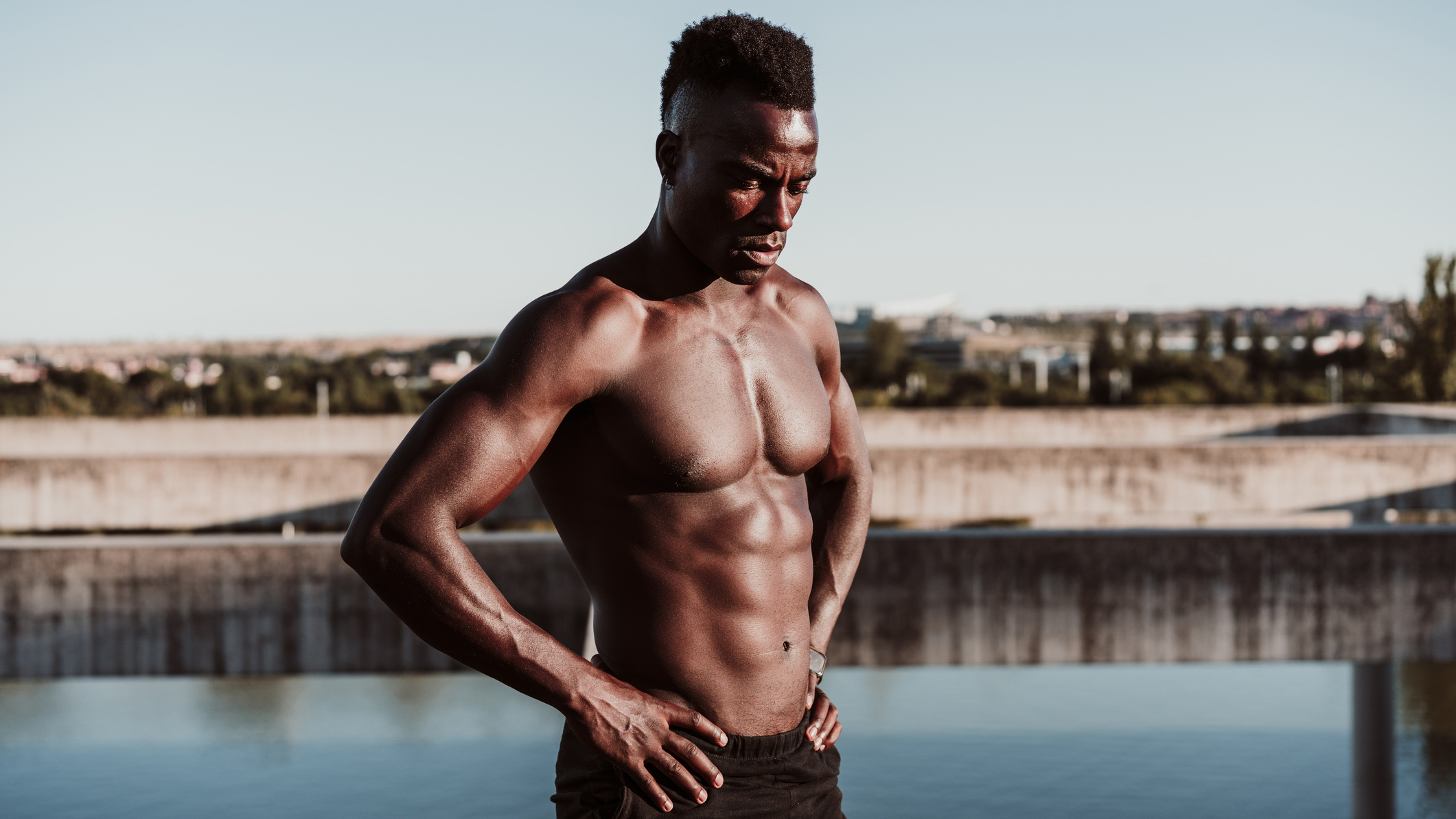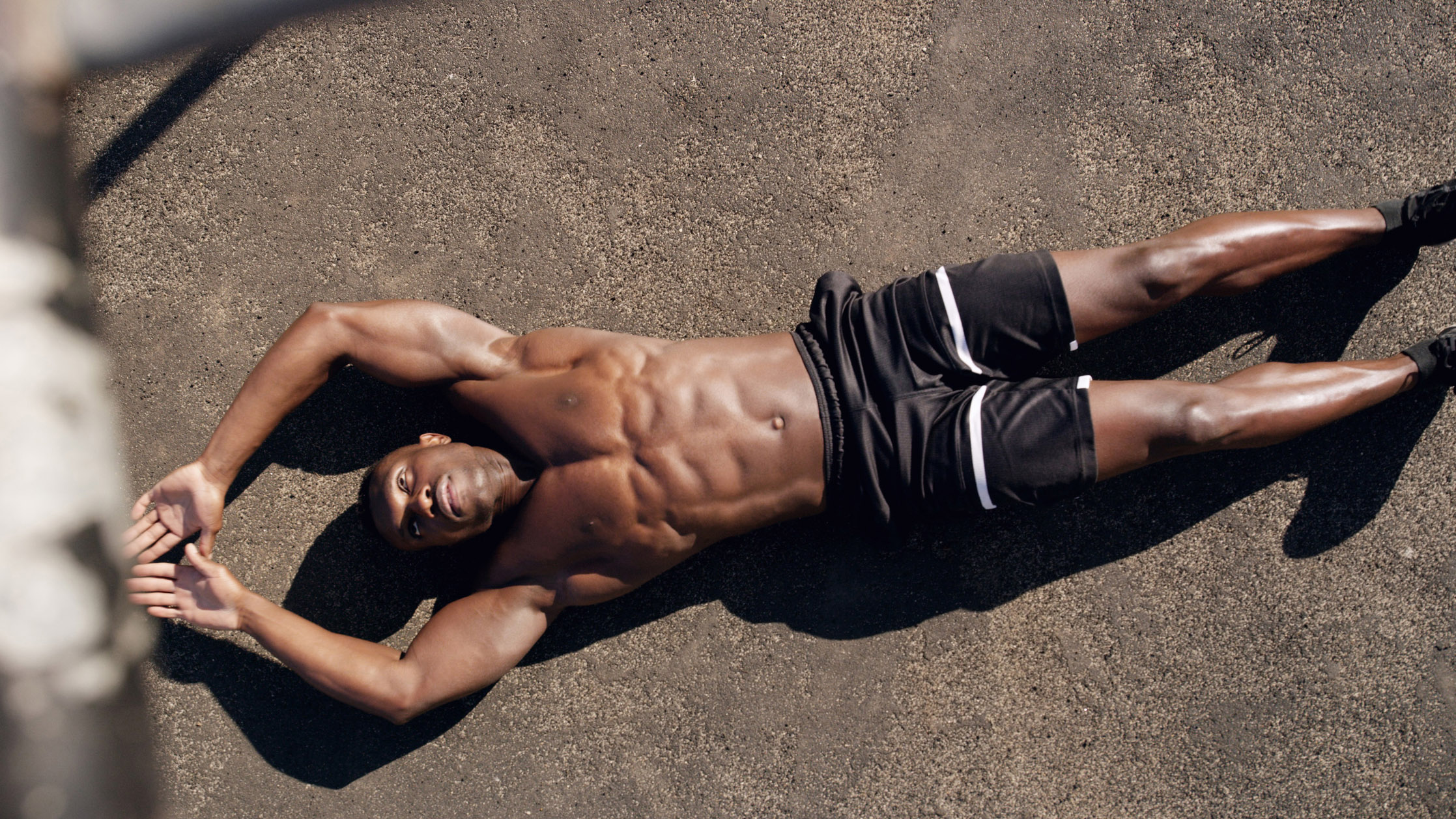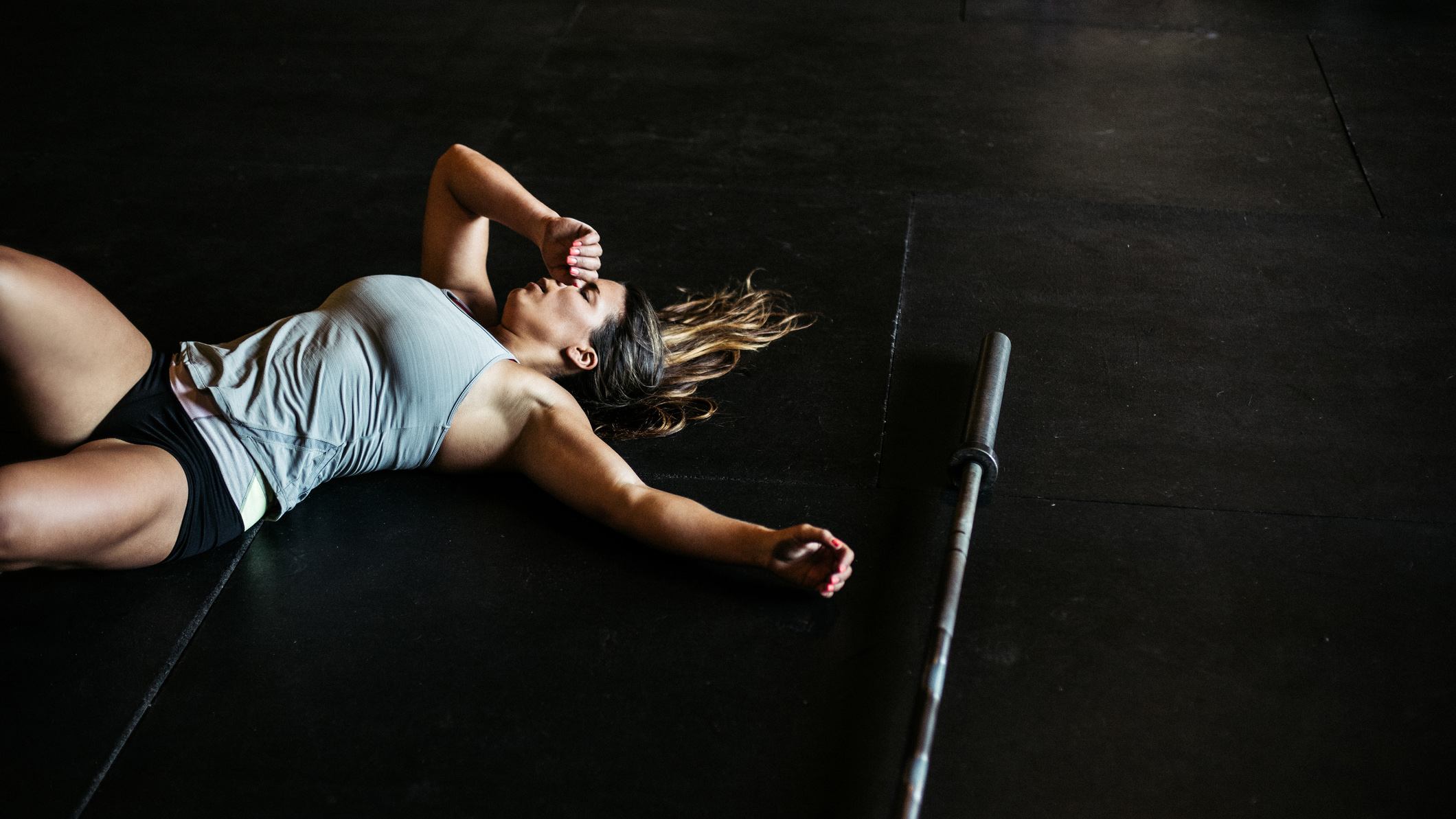

All of us, at one point, have wondered what it would take to get a six-pack... The fact of the matter is it’s not as hard as you may think! Sure, you can't just sit around all day, expecting your abs to start showing all of a sudden, but you don't have to slave away in the gym every day either to get a chiselled midriff.
How to get abs? We asked Amy Golby, personal trainer and exercise nutritionist at MyProtein US, to share her top abs workout tips below so you can have a six-pack sooner, should you want to. And since you're here reading this article, we can only assume you have at least a slight interest in the topic.
You'll find loads more sic-pack-related articles on T3, including the one on how to get a six-pack and this 8-minute core workout (with a follow-along video). There is a slightly longer, 15-minute core workout from pro rugby player Vicky Fleetwood. Getting an ab roller can help strengthen your core too. You know.
- Watch: 200-rep kettlebell full body workout from ex-MMA fighter Shanie SMASH
- I tried this six pack-inducing TikTok plank challenge and it nearly drove me insane
- 10-minute mobility and core workout by FightCamp Founding Coach PJ Shirdan
Eat the right foods at the right time
When it comes to getting abs, your diet is the most important tool to getting the six-pack you’ve always wanted. "Abs are almost completely made in the kitchen", Amy suggests, "It's 80% diet, to be exact, with only 20% dependent on exercise."
To get a six-pack, you need to be eating enough to fuel your body at the right times; this means consuming enough calories to boost your metabolism. "Ideally, your diet should contain lots of protein with an adequate mixture of healthy fats and complex carbohydrates", she adds, "Don’t also forget to eat six small nutritious meals a day!"
So, where to start? "Begin eating healthily and make sure you're fueling your body sufficiently with protein every two to three hours", Amy recommends, "Focus on consuming lean proteins like turkey, eggs, and chicken breast, and it’s essential to use whey protein supplement after training."
You might want to consider having a quick protein shake (made of protein powder and water) or a protein bar for a quick top-up.
Sign up to the T3 newsletter for smarter living straight to your inbox
Get all the latest news, reviews, deals and buying guides on gorgeous tech, home and active products from the T3 experts

Work the whole core
You're going to need to do more than crunching to achieve the body you’re dreaming of. The abdominal muscles are a set of muscles including the transverses abdominal, external oblique, inter oblique, and rectus abdominis.
"These muscles all belong to a region that connects your lower and upper body – the cor", Amy explains, "Getting a six-pack means far more than simply looking shredded – it means to get a strong core and exercising a range of muscle groups."
She recommends including the best core exercises in your workout routine, including crunches, planks, side planks, oblique crunches, reverse crunches, crossover crunches. "Why not try some more advanced moves like bench leg raise, jackknifes, and seated Russian twists", she adds.
Implement staggered sets
"When working other sections of the body, try working your abs in between sets, so instead of relaxing and looking at your phone, start crunching and planking", Amy says, "You should only do this for smaller muscle groups as doing staggered sets in the middle of a big chest workout, or long leg session will potentially weaken your core muscle which could make injuries more likely."
Are you going to start working out at home? You might need some weights, don't you? Have a look at T3's best dumbbells, best kettlebells and best barbell guides for more info about how to choose the best home weights for your needs.

Avoid overtraining
Performing sit-ups and abdominal exercises should be like working with any other muscle group. "Try and aim for sets of around 10-12 reps before your muscles start to get tired", Amy recommends, "increasing the weight and resistance as the exercises get easier."
Frequency-wise, Amy says you should be doing abs every other day or three non-consecutive days of the week. "This is the best way to think of it – when you exercise your abs, tiny tears are being made in your muscle fibres", she explains, "For your abs to become more defined, these tears need to recover, so by doing abs every day you’re not giving them a chance to repair and grow – stop doing hundreds of sit-ups a day."
You’ll also do ab exercises without realising by performing compound exercises such as squats or deadlifts, so make sure you take this into account when planning your workouts.
What is calorie deficit, and is it important for getting a six-pack?
"A caloric deficit means that you are consuming fewer calories per day when compared to your BMR (basal metabolic rate - or your resting metabolic rate)", Amy explains, "If you are at a BMR of 2,000 calories and you are only eating 1,800 calories a day, you are burning 200 calories per day."
Although calorie deficits may seem good for burning fat and getting shredded, remaining in a caloric deficit for an extended period of time can be extremely detrimental to your body.
"By eating low nutrients and not exercising, you are greatly decreasing your body’s natural metabolism", Amy warns people, "which means over time, the weight loss is going to decrease as months go by."
Another issue is that by not consuming an adequate amount of food daily, your body will begin to burn up all of its natural energy sources, and you will begin to feel tired. "Make sure you keep a keen eye on micro-and macronutrients, especially when creating a calorie deficit meal plan", she adds.

Matt Kollat is a journalist and content creator who works for T3.com and its magazine counterpart as an Active Editor. His areas of expertise include wearables, drones, fitness equipment, nutrition and outdoor gear. He joined T3 in 2019. His byline appears in several publications, including Techradar and Fit&Well, and more. Matt also collaborated with other content creators (e.g. Garage Gym Reviews) and judged many awards, such as the European Specialist Sports Nutrition Alliance's ESSNawards. When he isn't working out, running or cycling, you'll find him roaming the countryside and trying out new podcasting and content creation equipment.

